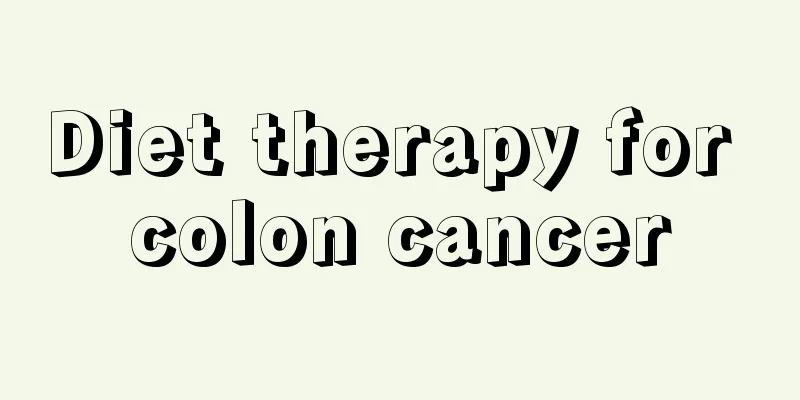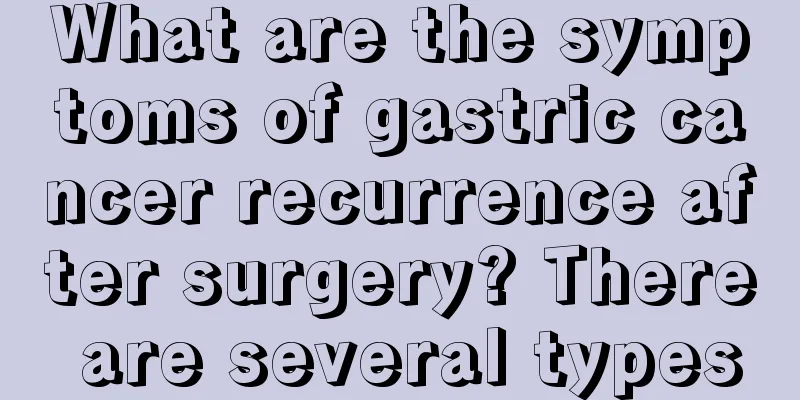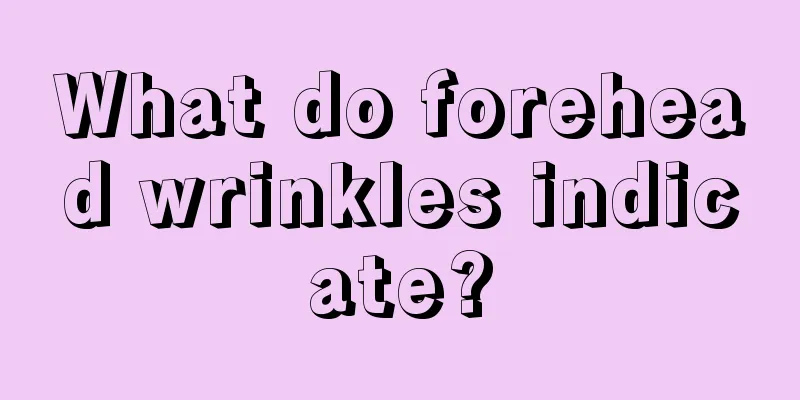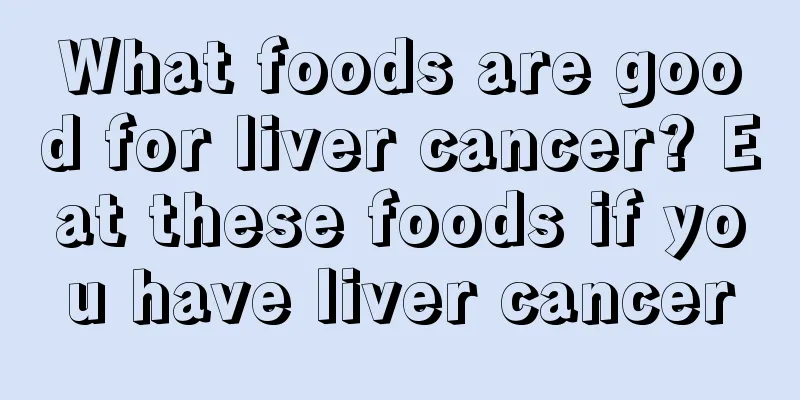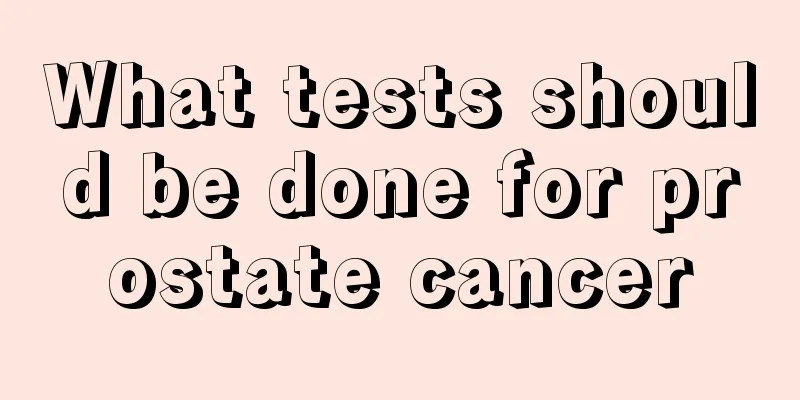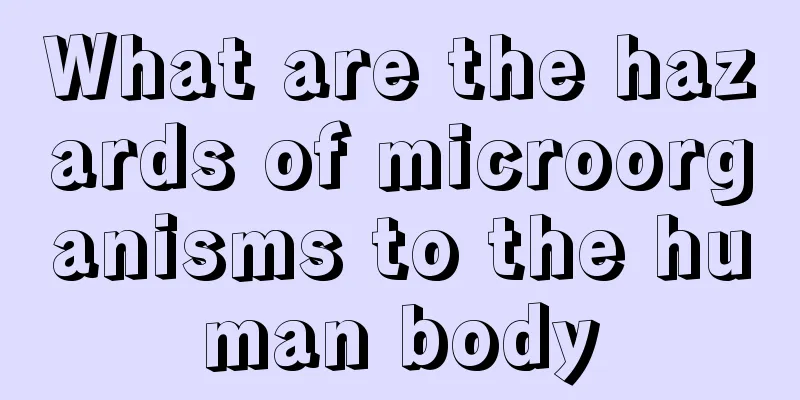What is supraventricular tachycardia
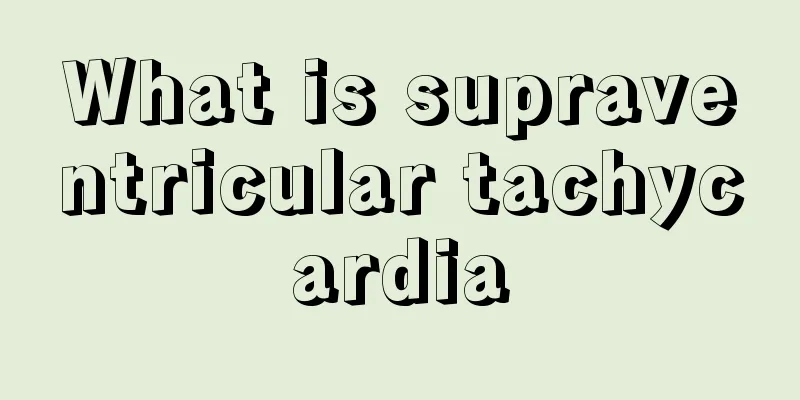
|
The incidence of supraventricular tachycardia is relatively high. I believe many friends don’t know much about supraventricular tachycardia. So what is supraventricular tachycardia? Next, this article will introduce you to the relevant knowledge about supraventricular tachycardia. Friends who want to know what supraventricular tachycardia is can continue reading! Please see the detailed introduction below. Supraventricular tachycardia, abbreviated as SVT. It mainly includes paroxysmal supraventricular tachycardia, autonomous atrial tachycardia and non-paroxysmal junctional tachycardia. Paroxysmal supraventricular tachycardia is a paroxysmal rapid and regular ectopic rhythm. It is characterized by sudden onset and sudden cessation. During an attack, the patient feels his heart beating very fast, as if it is about to jump out, which is very uncomfortable. During an attack, the heart rate is 150 to 250 beats per minute and lasts for seconds, minutes, hours or days. Sometimes when the doctor arrives, the patient's attack has already ended. Palpitation may be the only symptom, but if there is a history of coronary heart disease or other heart disease, dizziness, fatigue, difficulty breathing, angina pectoris, syncope, and electrocardiogram changes showing myocardial ischemia may occur. In most cases, the presence of an atrioventricular accessory tract or differences in the conductivity and refractory nature of the atrioventricular node function is the basis for its occurrence. How is supraventricular tachycardia treated? 1. Drug treatment 1. Propranolol: It is contraindicated for patients with severe atrioventricular block, asthma and heart failure. 2. Verapamil: This drug has a rapid onset of action, with a cardioversion rate of 92~96% within 5 minutes. Side effects include decreased blood pressure, cardiac arrest, and atrioventricular block. 10% calcium gluconate should be available to antagonize its serious adverse reactions and should be used with caution in infants. 3. Propranolol: This drug has a fast onset of action, a high cardioversion rate, and is relatively safe. 4. ATP: The initial dose should be small, especially for older children. 5. Esophageal pacing and electric shock cardioversion. 2. Radical treatment method 1. Radiofrequency ablation Catheter radiofrequency ablation is relatively safe and causes less damage to the heart. Generally speaking, children over 6 years old can receive this treatment technology, which is currently a relatively safe and effective method to cure paroxysmal supraventricular tachycardia. 2. Surgical treatment Indications for surgery: patients with poor response to conventional antiarrhythmic drugs; patients with atrial fibrillation and rapid ventricular response; patients who need cardiac surgery. The above is an introduction to what supraventricular tachycardia is. I believe that after reading the above introduction, everyone will have some understanding of the definition, types, symptoms and treatments of supraventricular tachycardia. This knowledge can provide us with a better understanding of the disease called supraventricular tachycardia. For patients with supraventricular tachycardia, timely treatment is necessary so that they can have a healthy body. |
<<: How to prevent irregular heartbeat during pregnancy
>>: Why do I feel shortness of breath sometimes?
Recommend
Why does foot bathing for detoxification change color?
In real life, foot soaking is a common way of hea...
What to do if you sprain your wrist
In daily life, wrist sprains often occur. Sometim...
How to open the pulp of a tooth
Teeth are quite important to humans because they ...
What causes liver cancer in young people? 5 reasons why smoking and drinking lead to liver cancer
Liver cancer is a malignant tumor of the liver. I...
The simplest fruit platter
What are some of the simplest fruit platters? Now...
Is turmeric ginger?
Speaking of ginger, everyone should be familiar w...
What are the early dangers of bone cancer
For patients with bone cancer, active treatment i...
How long can whipped cream be kept
When making cream yourself, you will often find t...
Normal body temperature ear
Only when the human body surface is maintained at...
Symptoms of testicular cancer patients
So far, with the rapid development of medical tec...
What are the nursing measures after radiotherapy for nasopharyngeal carcinoma
At present, the first choice of treatment for nas...
Is brain cancer a disease?
Brain tumors include benign intracranial tumors, ...
What are the early symptoms of rectal cancer patients
The symptoms of rectal cancer are not obvious in ...
How does Traditional Chinese Medicine treat lung cancer? Traditional Chinese Medicine has three treatments for lung cancer
Lung cancer seriously affects the patient's p...
How to treat acne on lips
Some people tend to get pimples around their lips...
